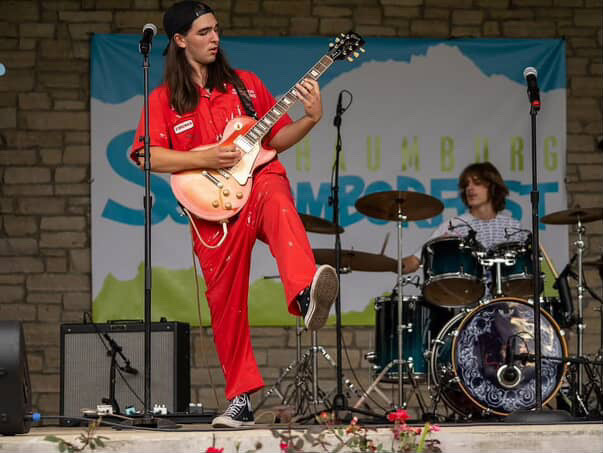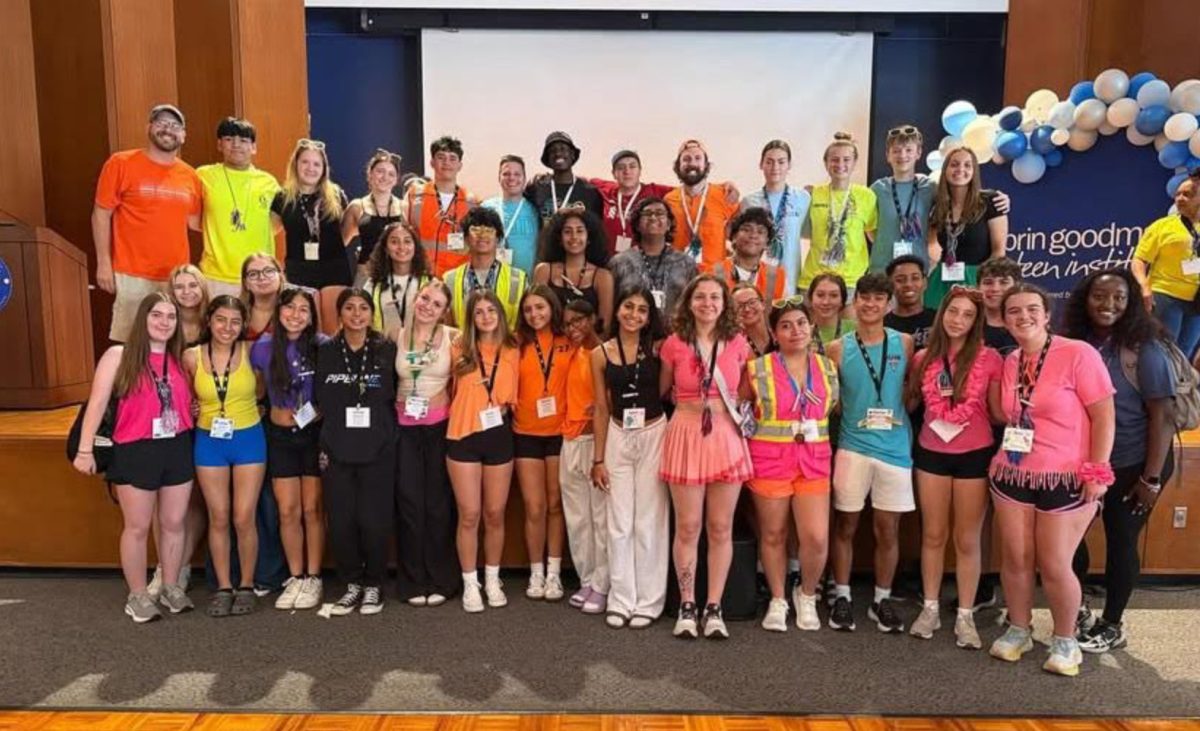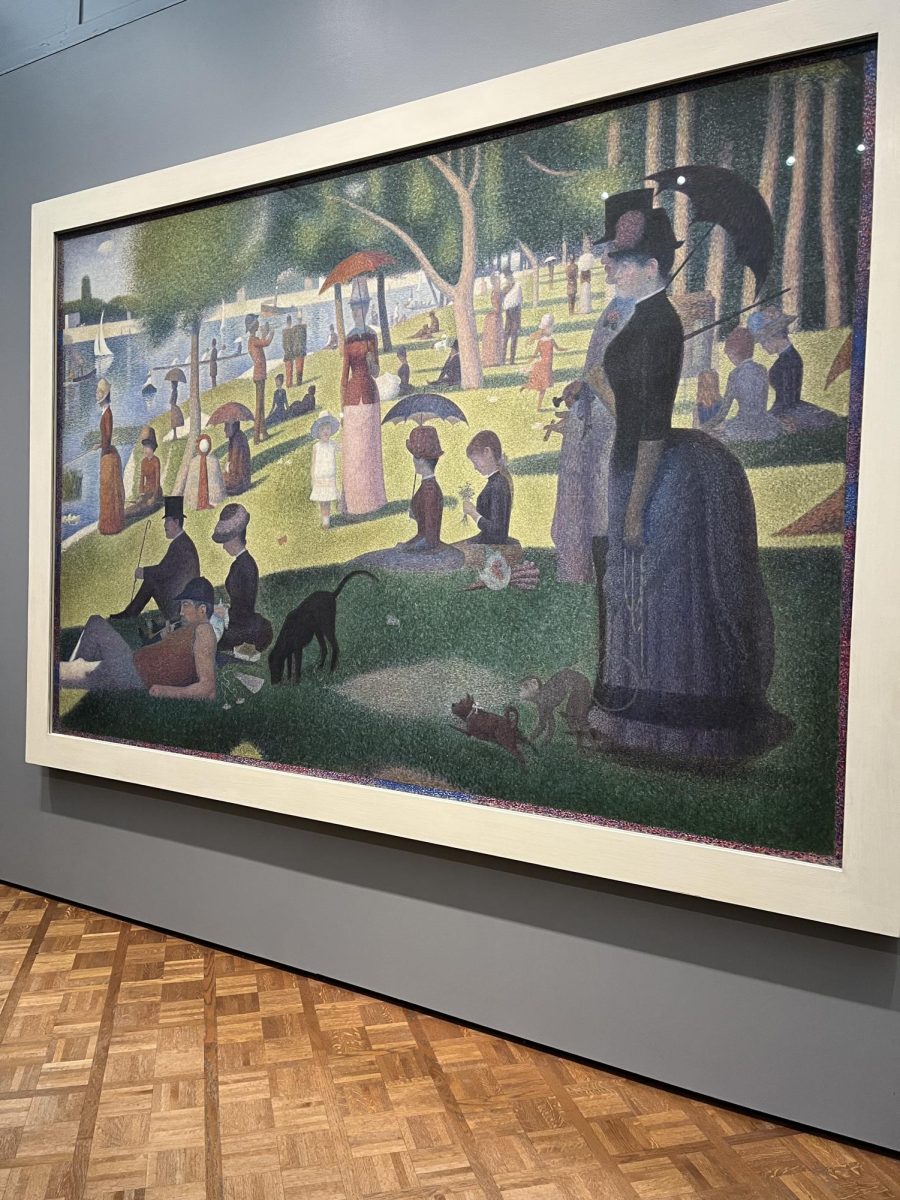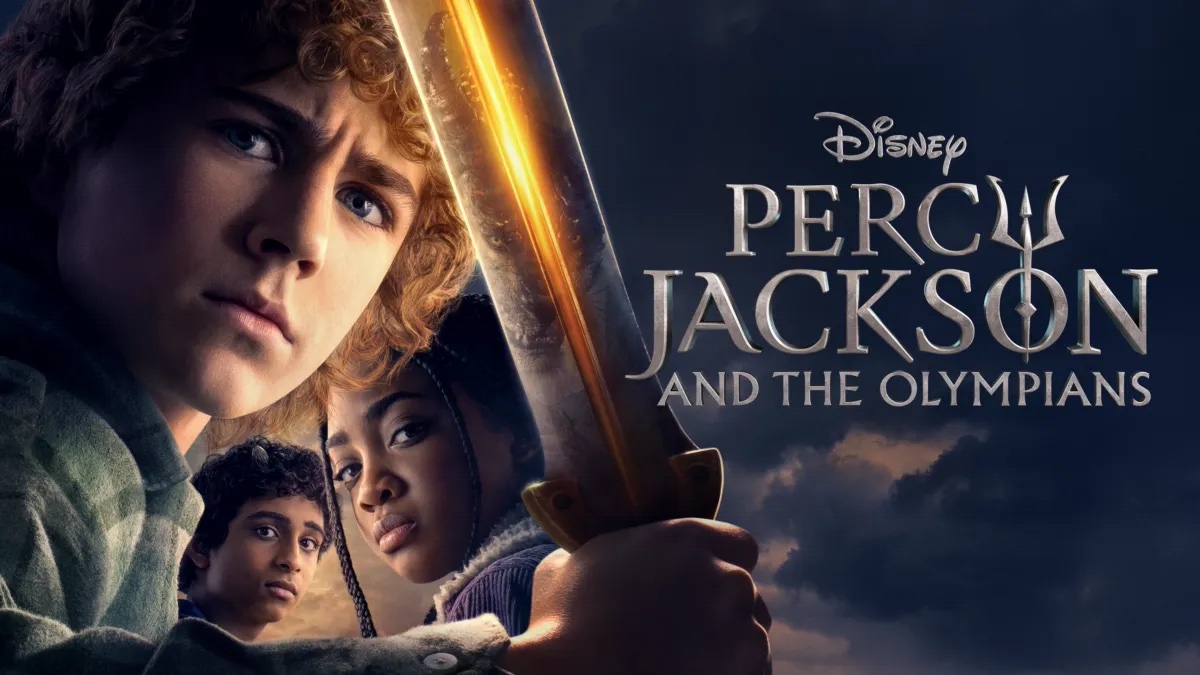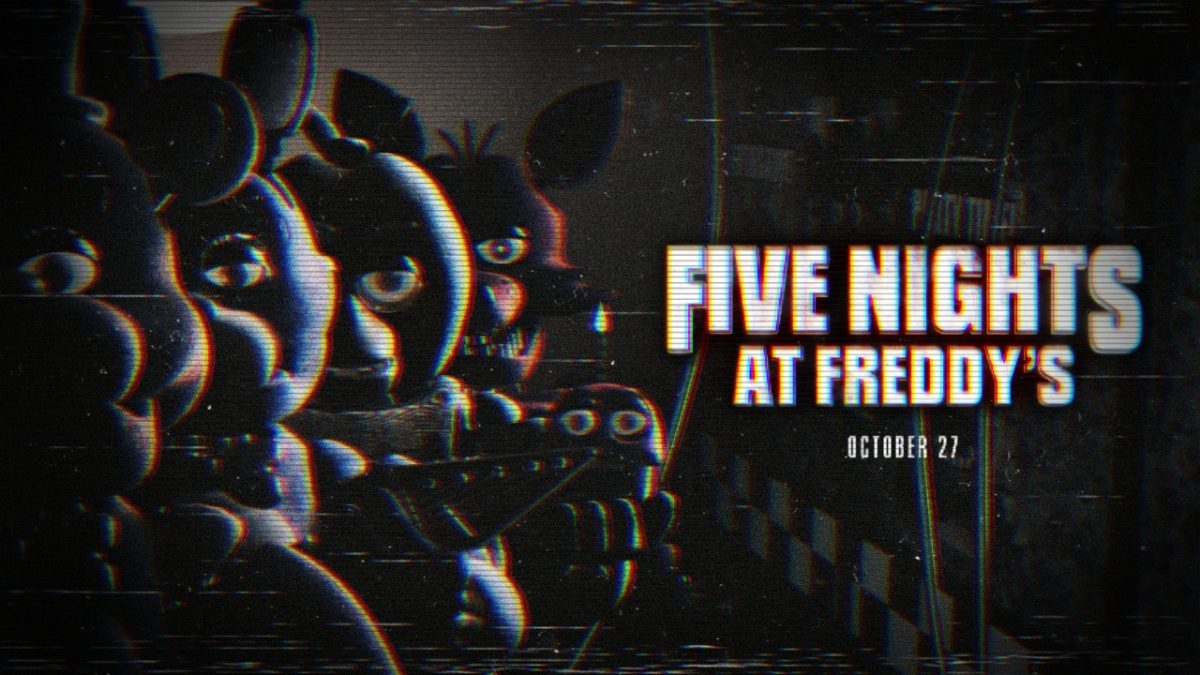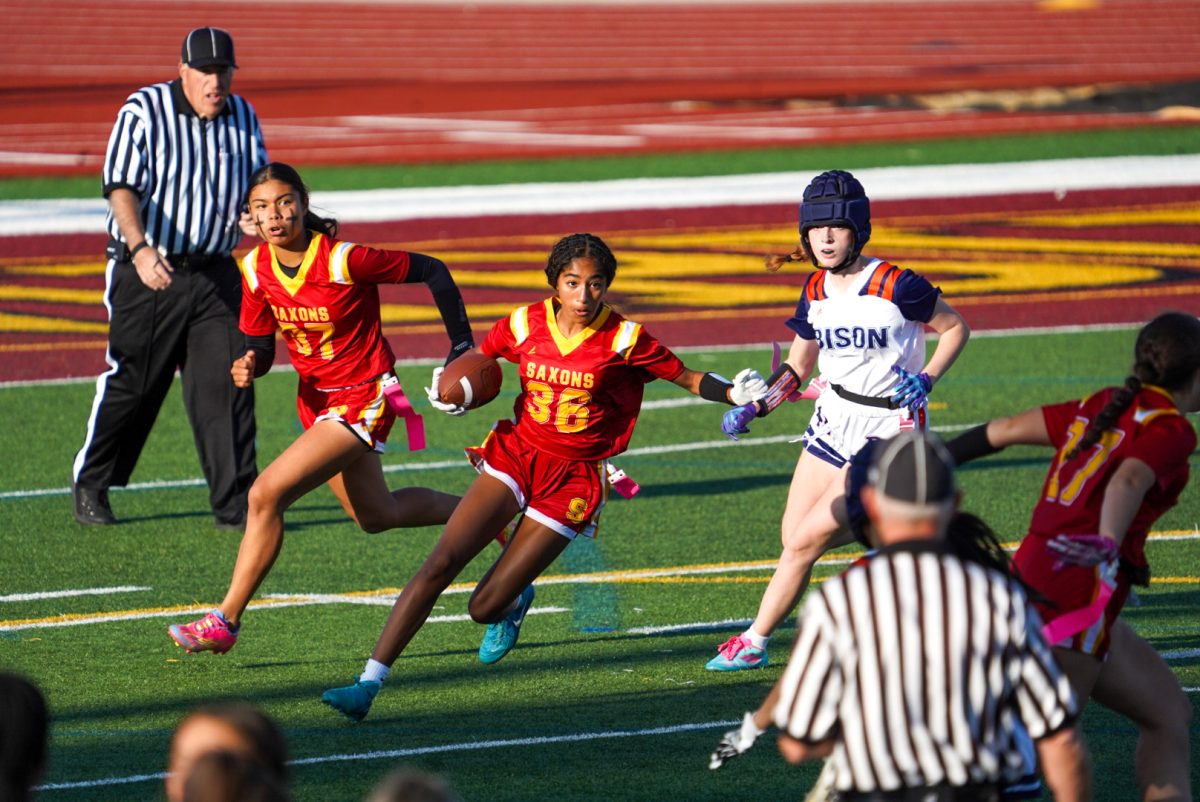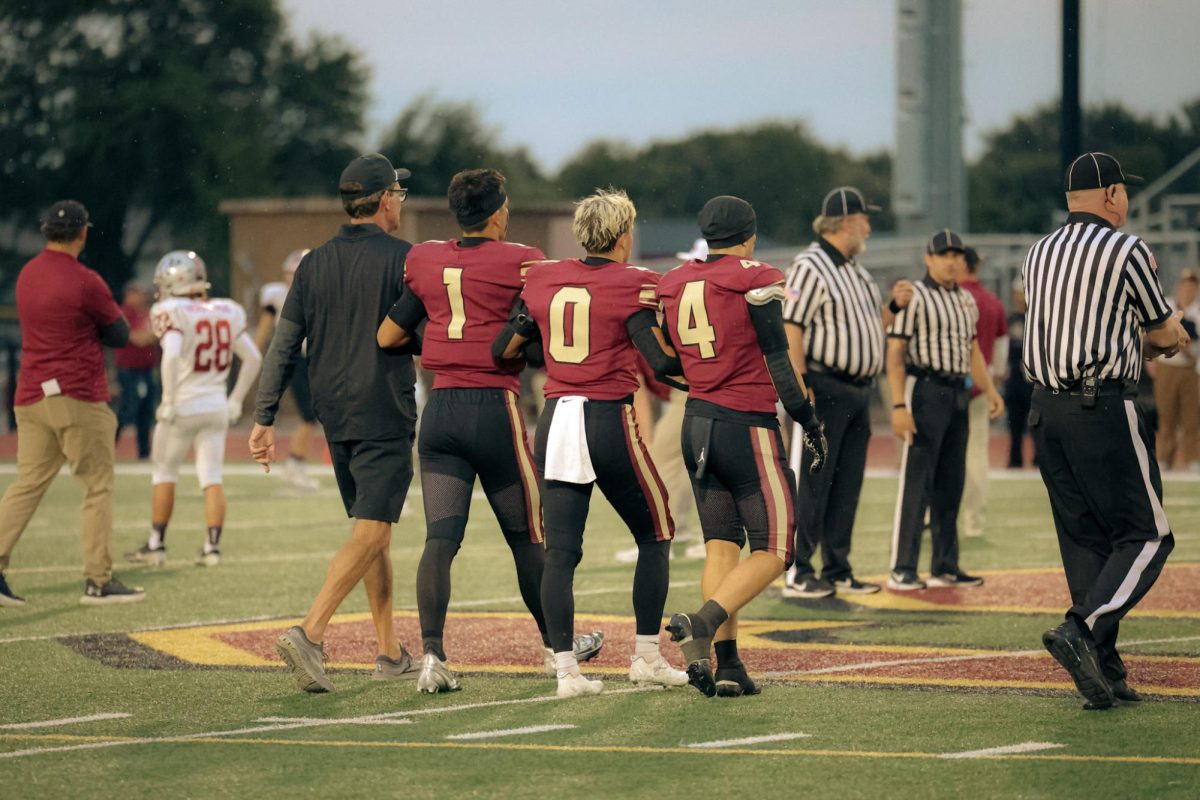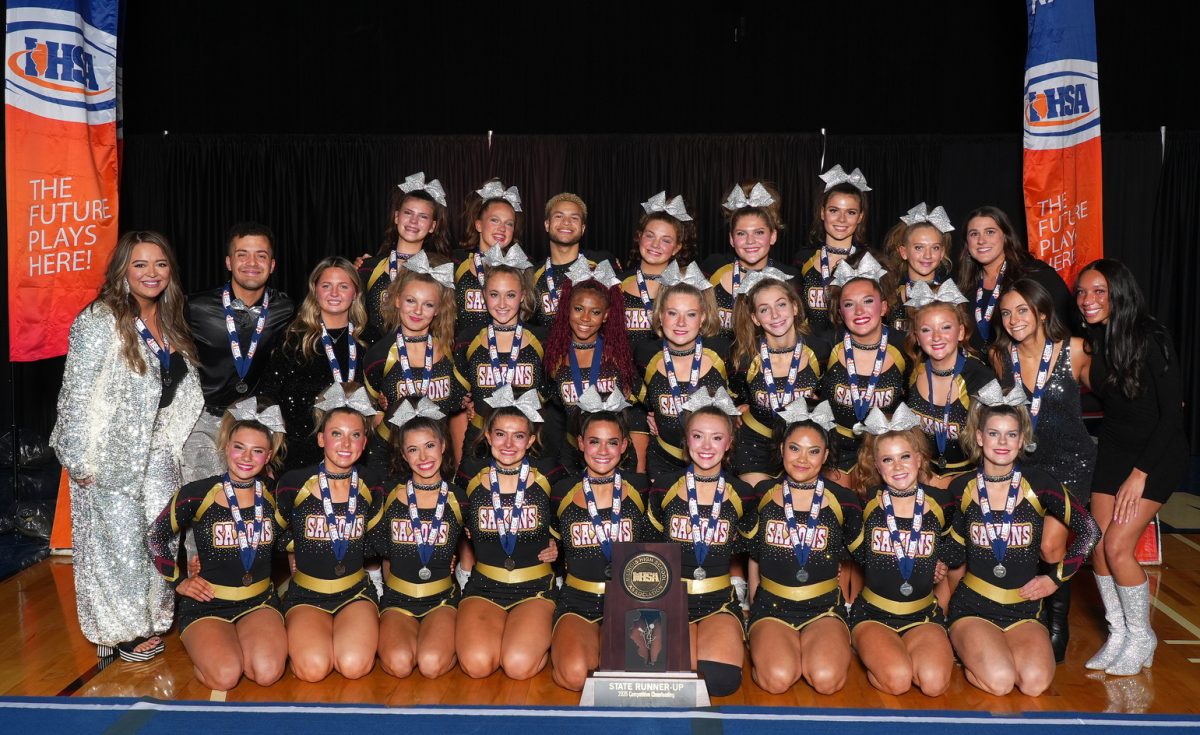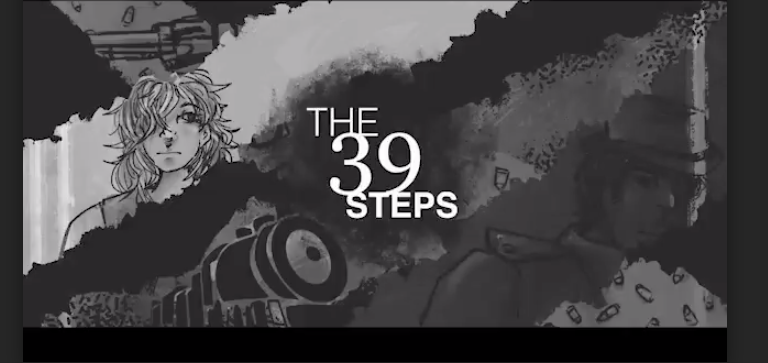SHS Theater Turns Back the Clock
December 2, 2020
COVID-19 brought our lives to a screeching halt; that doesn’t mean we have to give up all of our traditions. Case in point: The SHS Fall Play. Not able to perform in the school theater, The SHS Theatre troupe turned back the clock to our pre-streaming, in fact to our pre-television days, and virtually presented The 39 Steps.
Recorded and streamed online, SHS’s adaptation of Alfred Hitchcock’s The 39 Steps was formatted like a 1930’s radio play, meaning that the entire story is told through voice acting, music, and sound effects. This made it ideal for the environment that COVID-19 has set.
“I was really excited when I heard that the play would be in a radio play format. I’ve always loved acting, but voice acting is always something I’ve wanted to conquer. I was excited that we were going to have this opportunity, even though it was a reaction to a pandemic.” Senior Don McCormick (main character, Richard Hannay) said. “Theater doesn’t have to end with a pandemic. It can change, and it can pivot and that’s what’s so beautiful about it.”
Tech added images of the actors and scenes that related to the plot to further advance the story and help with audience comprehension. All in all, the show was fantastic, and I liked the fact that it was so different from any other performance in SHS history. I didn’t feel like I was “missing out” per say on a live performance, as this production was fascinating in and of itself.
“There wasn’t the usual rush to memorize lines, which was way less stressful. I’m extremely thankful for that especially with the pandemic.” Cheiko Dunham, senior SHS actress, reflected. “I think the show went really well! It still had that Schaumburg theater charm to it, despite the different virtual environment, which was really impressive. That was all thanks to tech!”
In short, The 39 Steps is a spy story about a man who accidentally finds himself wrapped up in an international spy ring and is sent out on a secret mission. He is wrongfully declared a murderer and spends most of the story eluding the police, who don’t know he’s a “good guy,” and somehow gets enough lucky breaks that he is never detained for long. Tech wove together audio sound bits, visual cues, and recorded lines to bring the plot to life.
Rehearsals took place over zoom and each actor recorded their audio separately. It was then up to tech to compress all of these bits into one audio file. To share the performance with an audience, the final product was posted on Broadway on Demand.
“Rehearsals were completely different,” said Ann Stribling, actress playing the sarcastic Pamela Stewart. “It was harder to get to know my cast-mates this year, but I am still glad we got to create this play together. It was super fun to listen to in the end, and I loved hearing everyone’s parts and the story come together. I’m super proud of everyone and the end product we made.”
“I think in this world, we’re still offering these opportunities for students to be creative and reach out to audiences: to connect in this way,” said Mrs. Micheletto, director of the production. “Connecting to our humanity is incredibly important in a time where it is so technological. I’m proud of them for doing this, even through a technological medium. They are holding onto that humanity through the telling of a story.”
It was nice to be able to listen to the play and forget about life for a while, getting wrapped up in the story. Even in this virtual environment, theater and the arts provide this escape for many. The hilarious one-liners throughout kept me actively engaged and laughing, and the actor supplied visuals were appreciated as well, helping to convey the emotions the audience heard. Overall, I didn’t even miss the fact that there wasn’t a live performance. The 39 Steps was so different from a traditional production that it is hard to compare the two: It stood on its own as a great show.


